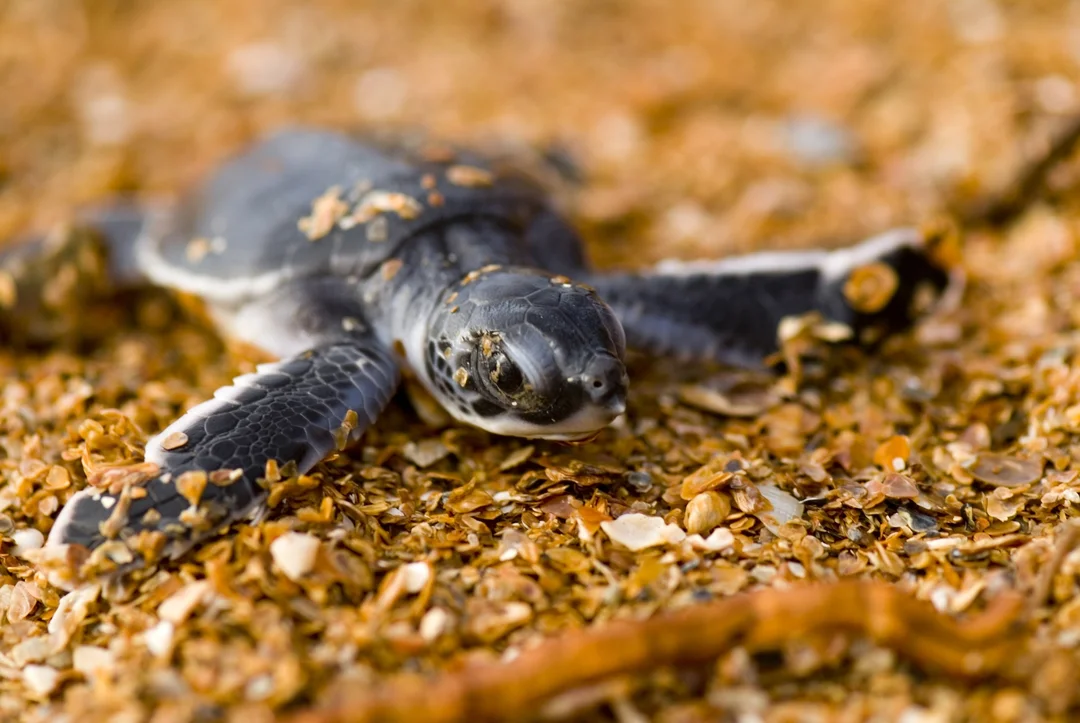
Sea Turtles Are Bouncing Back: A Remarkable Sign of Conservation Success
In a promising update for marine conservation, a recent global survey found that endangered sea turtle populations are showing signs of recovery in more than half of their habitats worldwide. This development, touted as one of the real success stories in conservation, highlights the importance of protective measures that have been put in place to safeguard these ancient mariners.
According to Duke ecologist Stuart Pimm, who was not involved in the research, the improvement in many turtle populations suggests a positive trend. The study, which examined 48 populations of sea turtles, assessed the impact of various threats including hunting, pollution, coastal development, and climate change on these marine reptiles. Notably, the findings show that in more than half of the studied regions, threats to sea turtles are declining, creating a more favorable environment for their recovery.
However, the study also revealed significant regional disparities. Sea turtles in the Atlantic Ocean appear to be rebounding more successfully than their counterparts in the Pacific. Particularly at risk are leatherback turtles, which, despite their remarkable migratory habits—traveling over 3,700 miles—remain classified as vulnerable to extinction. The International Union for Conservation of Nature has particularly highlighted the precarious situation of several groups of leatherbacks as critically endangered.
Research co-author Bryan Wallace, a wildlife ecologist, emphasized that all seven regions where leatherbacks are found currently face high environmental risks, which complicates their recovery process. Despite these challenges, other species, such as green turtles, are showing a rebound in certain areas, particularly along the coasts of Mexico and the U.S., thanks to protective measures instituted since they were designated under the U.S. Endangered Species Act in 1973.
Michelle María Early Capistrán, a researcher from Stanford University and co-author of the study, noted that the end of commercial harvesting and dedicated conservation efforts have allowed green turtle populations to thrive once more. However, Wallace pointed out that the threat of accidental entanglement in fishing gear remains a significant concern for all species of sea turtles. As new technologies are developed to mitigate this risk, their success hinges on the adoption of these practices across diverse fishing communities.
The survey represents the first update in over a decade on the status of sea turtle populations, published in the journal Endangered Species Research. With the encouraging signs of recovery, this report serves as a pivotal reminder of the potential for conservation efforts to yield tangible results, provided that they remain steadfast and adaptive to the evolving challenges of marine life.
As we celebrate this remarkable achievement in conservation, one has to wonder: what further measures can be taken to ensure the safety of these majestic creatures? Share your thoughts in the comments below.